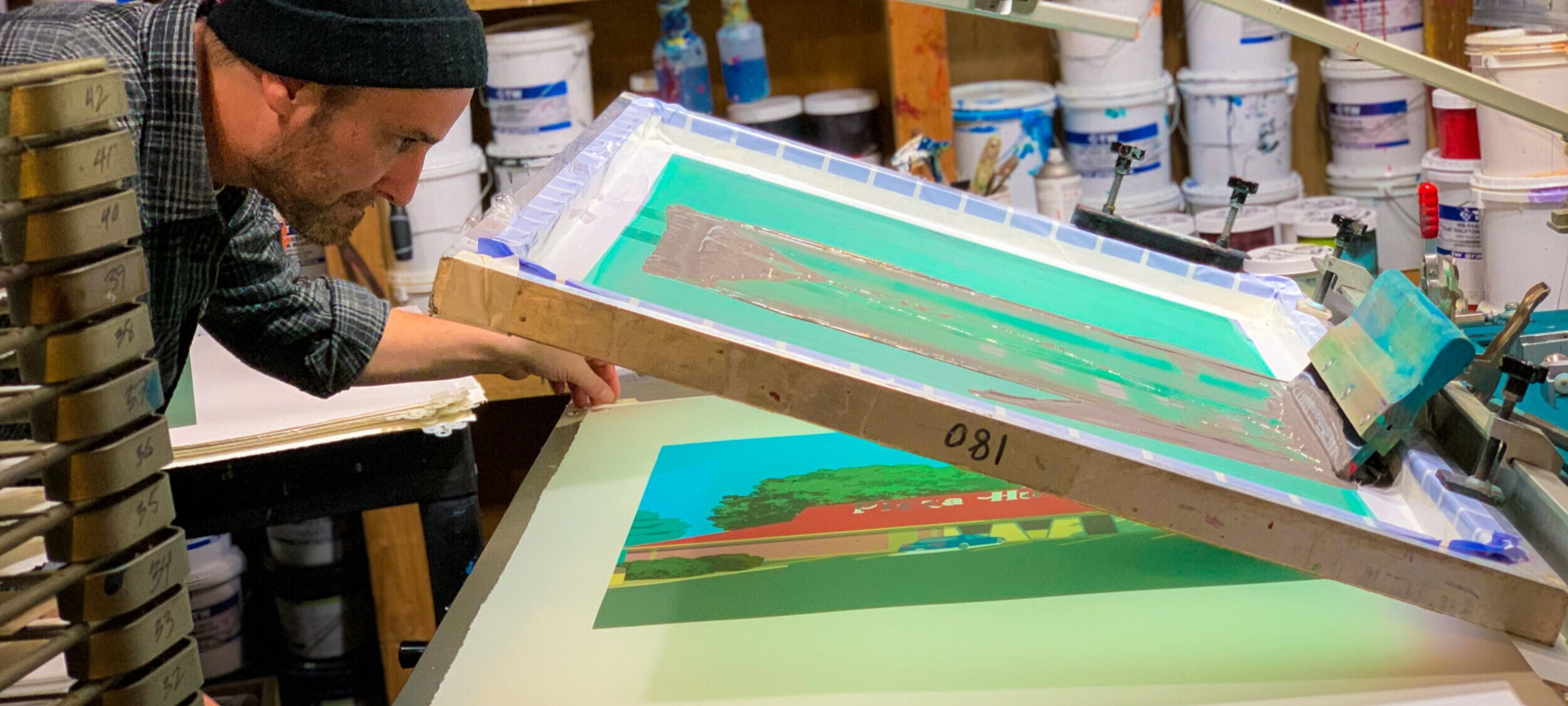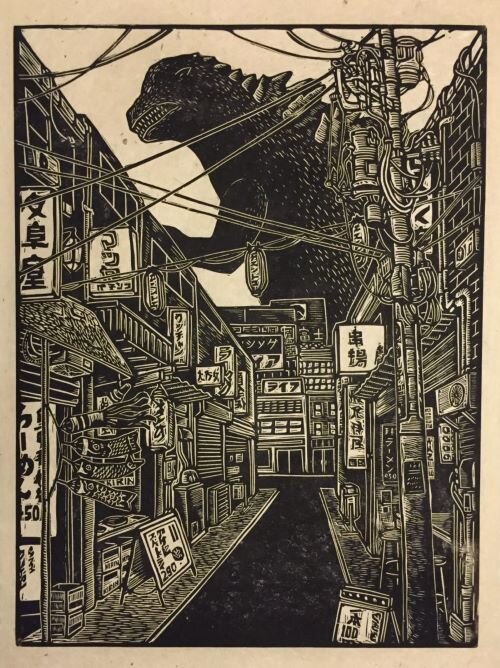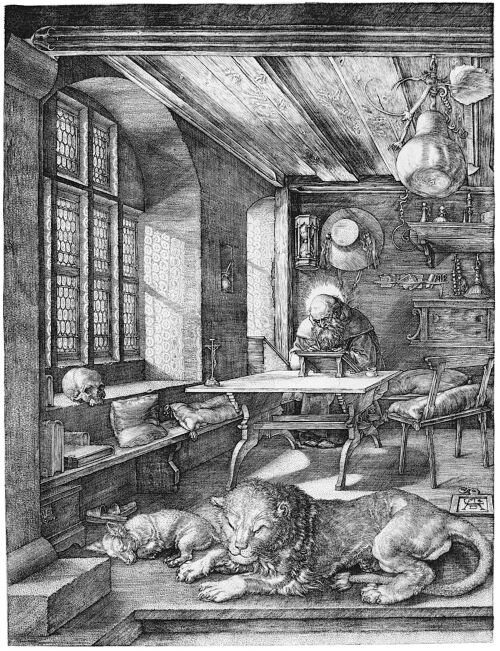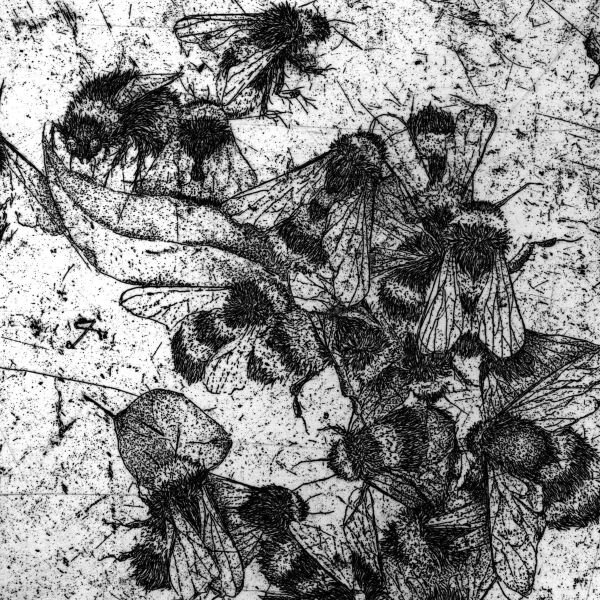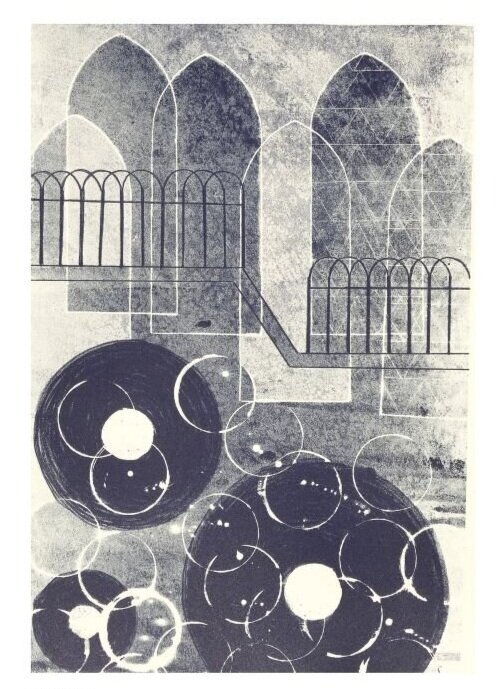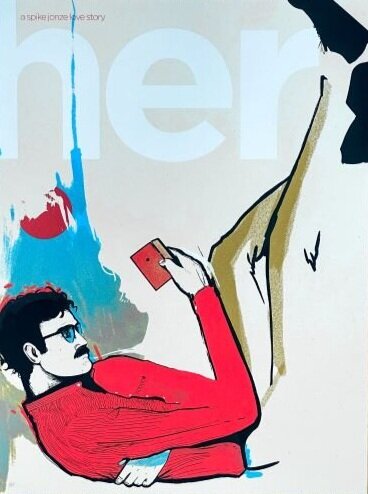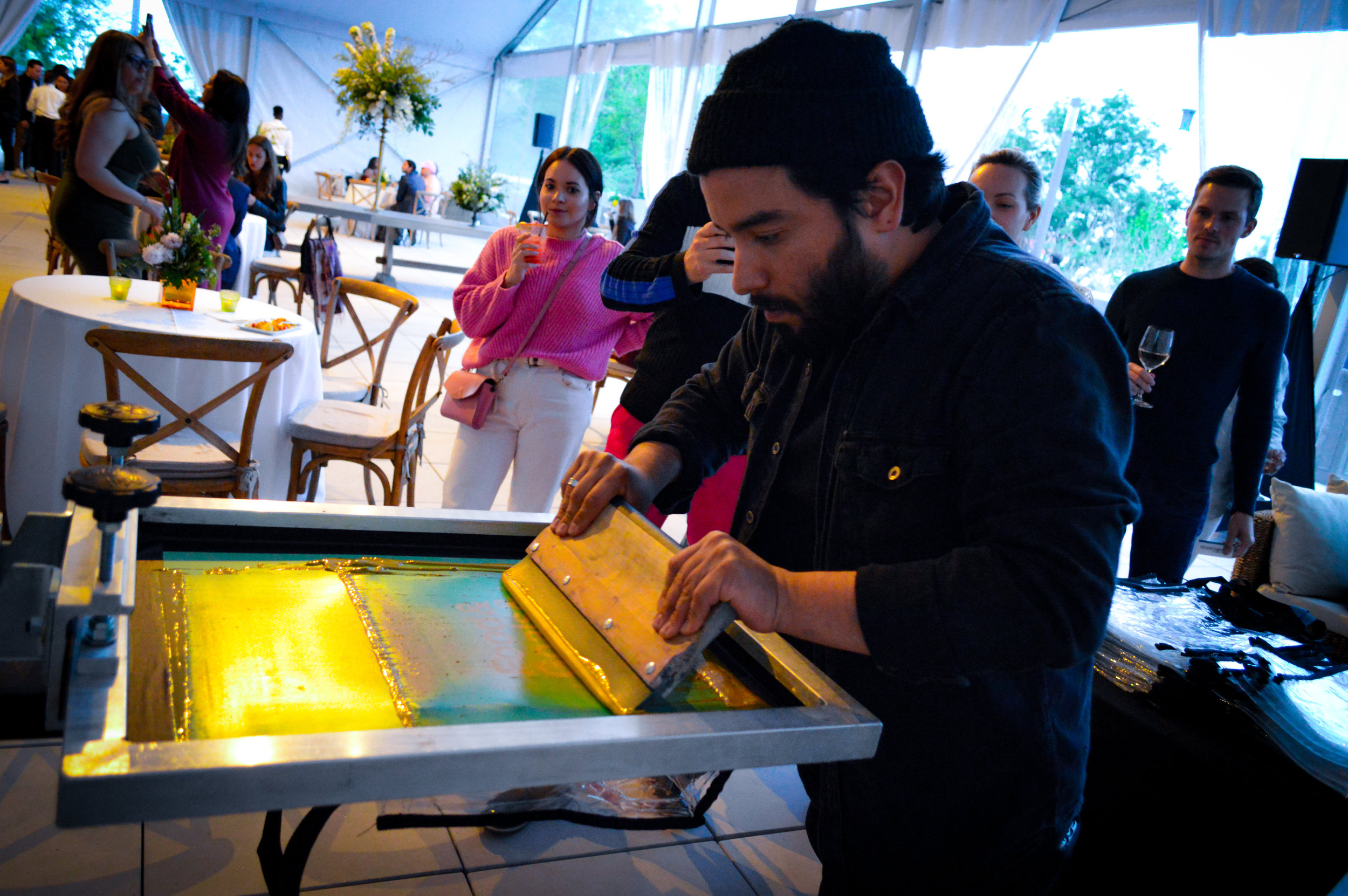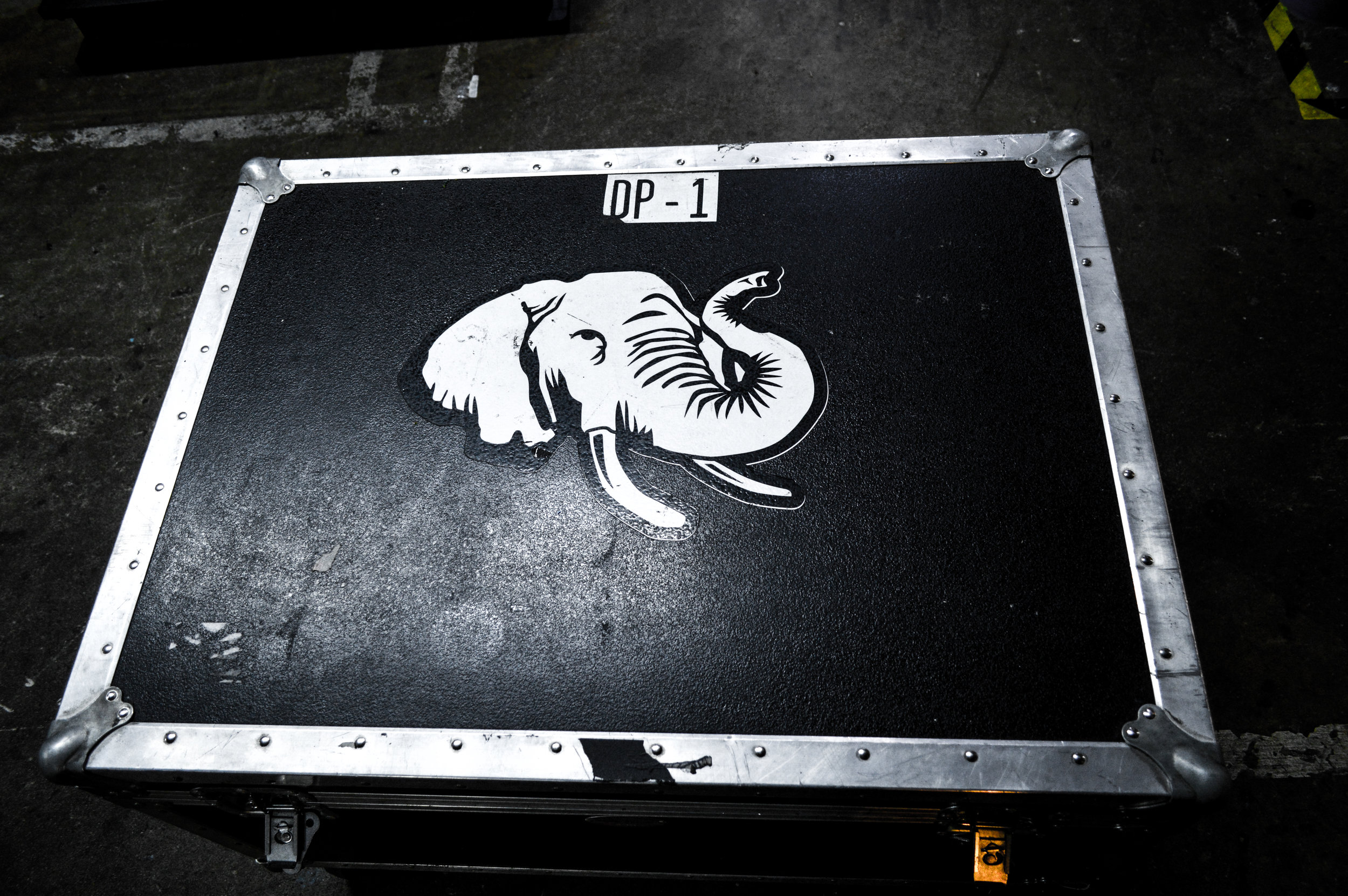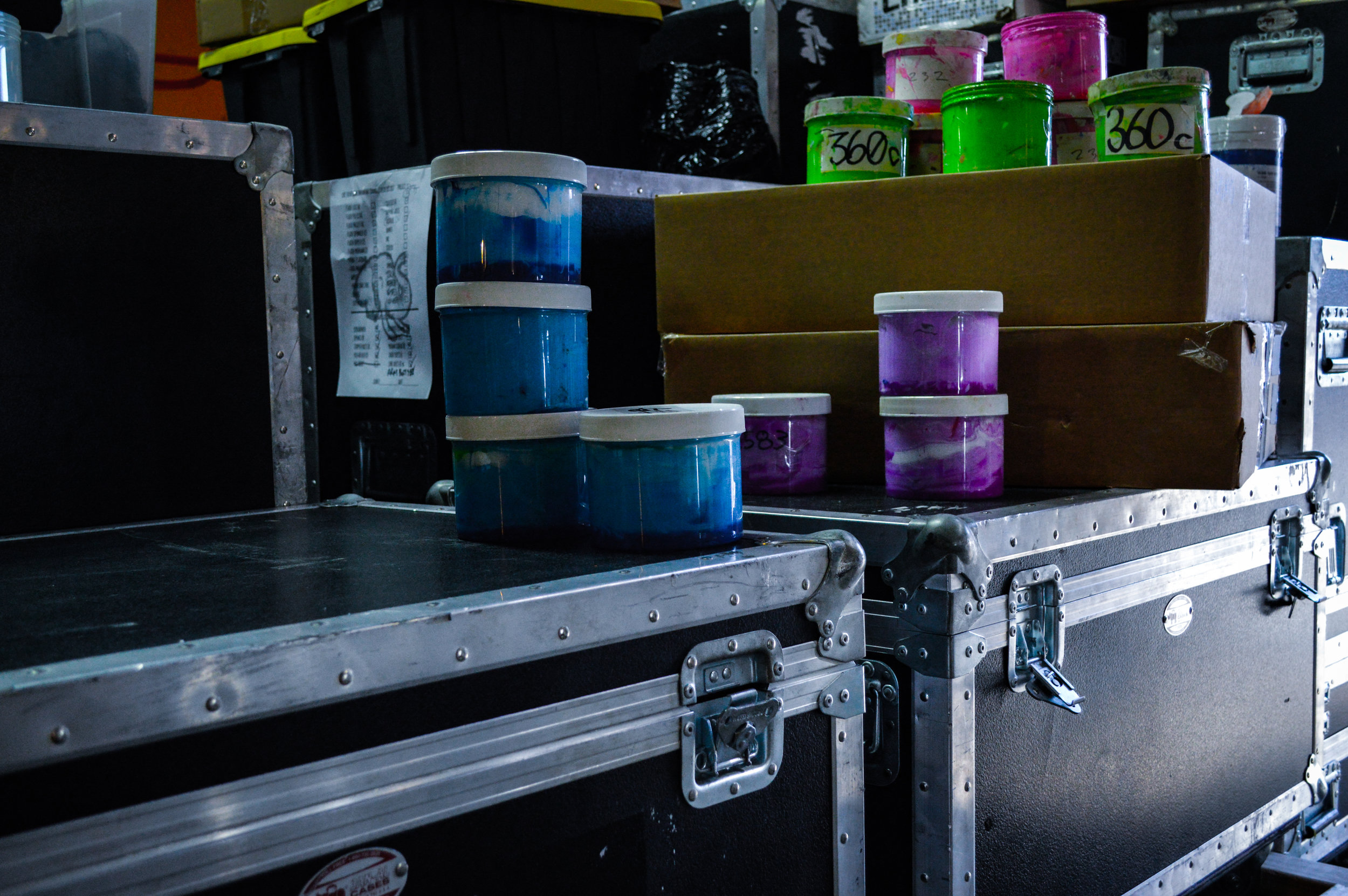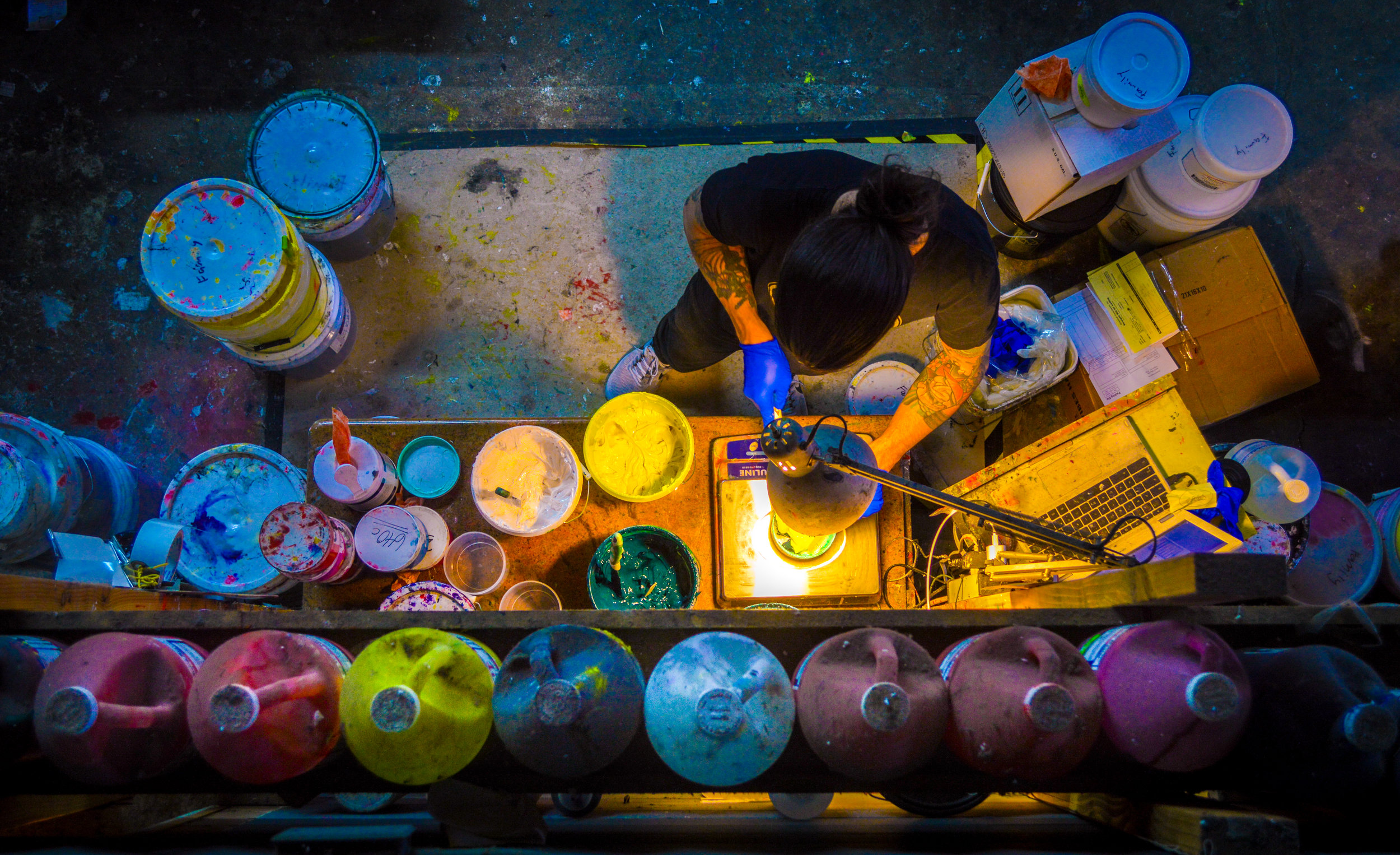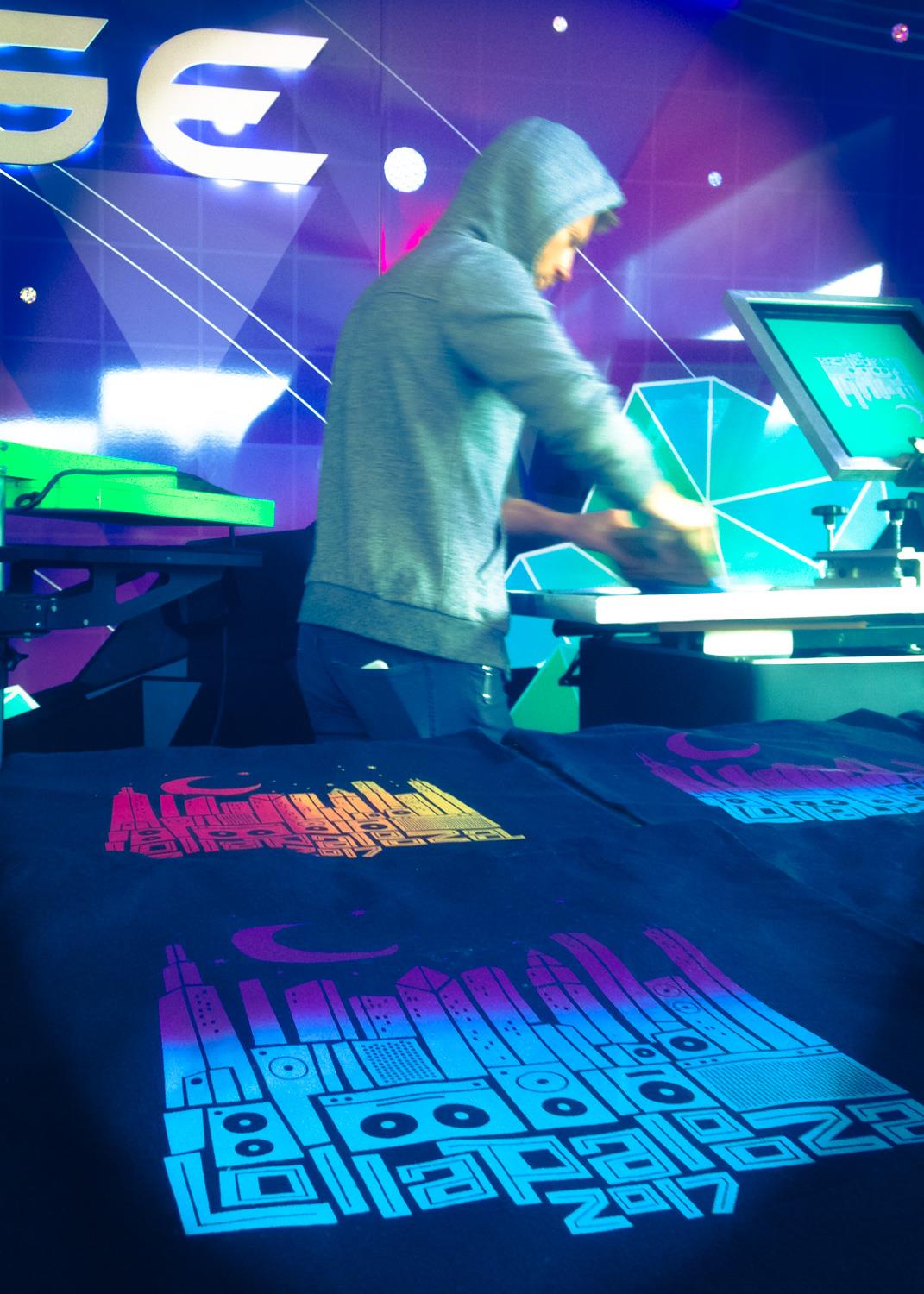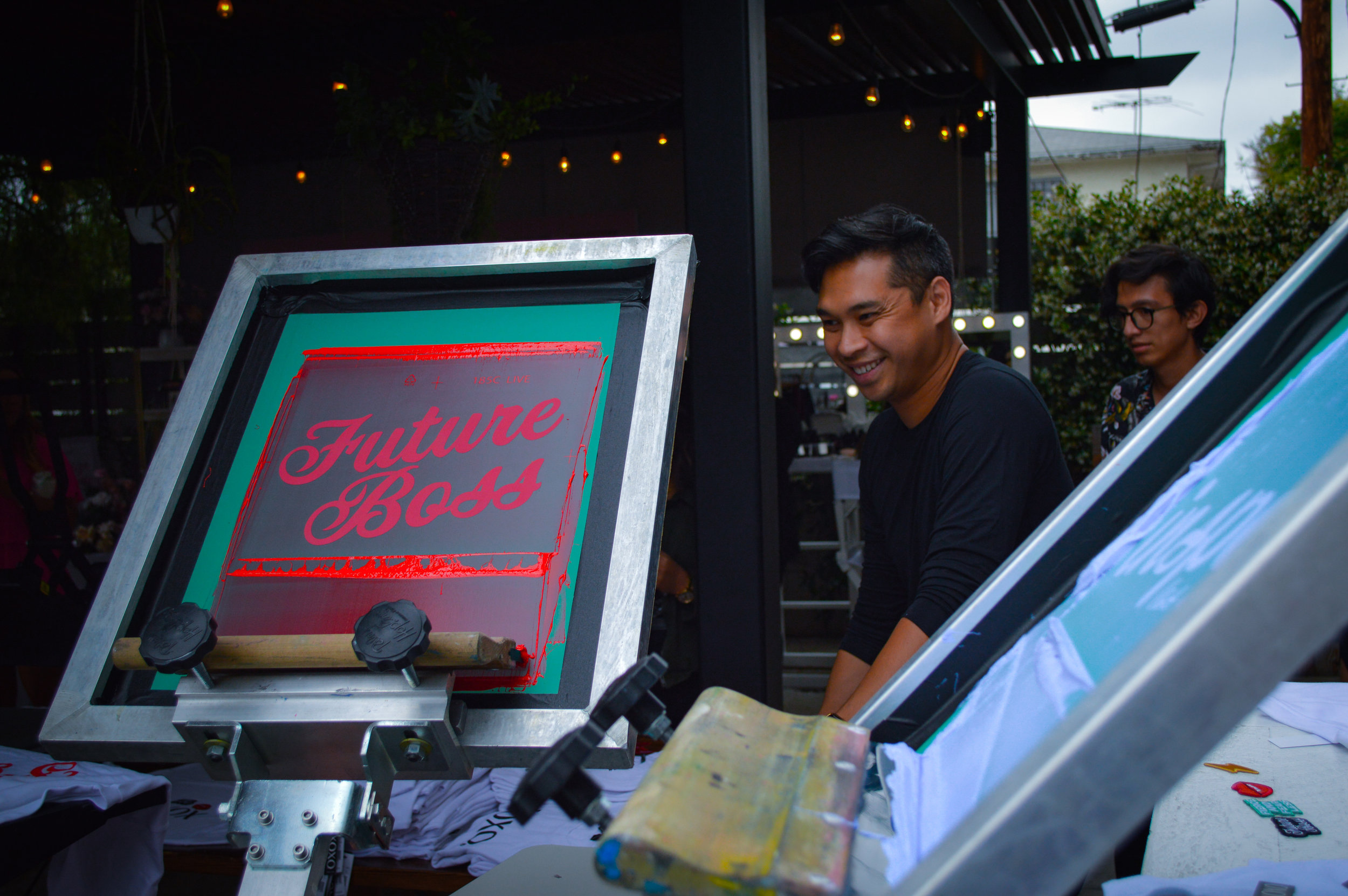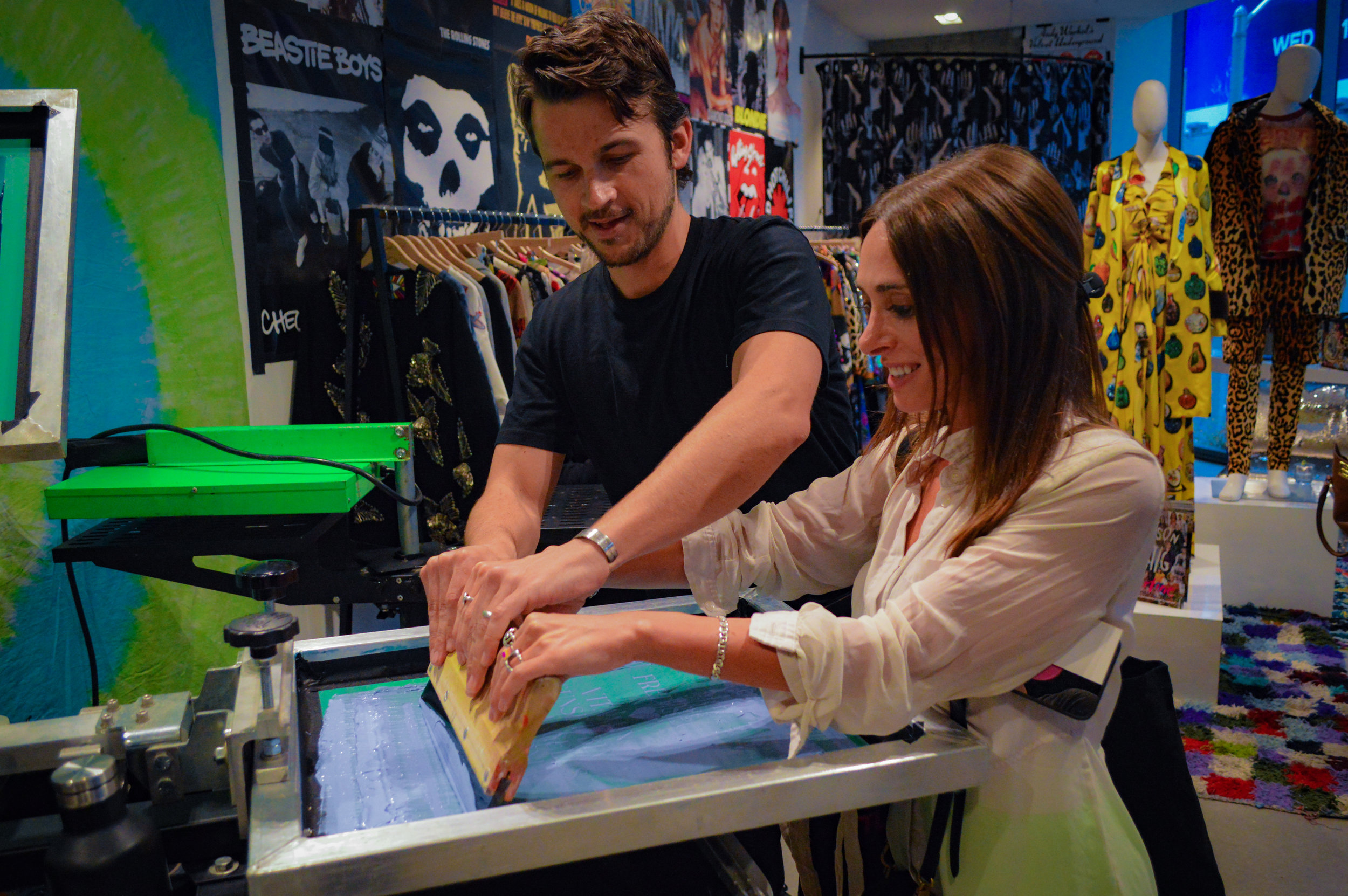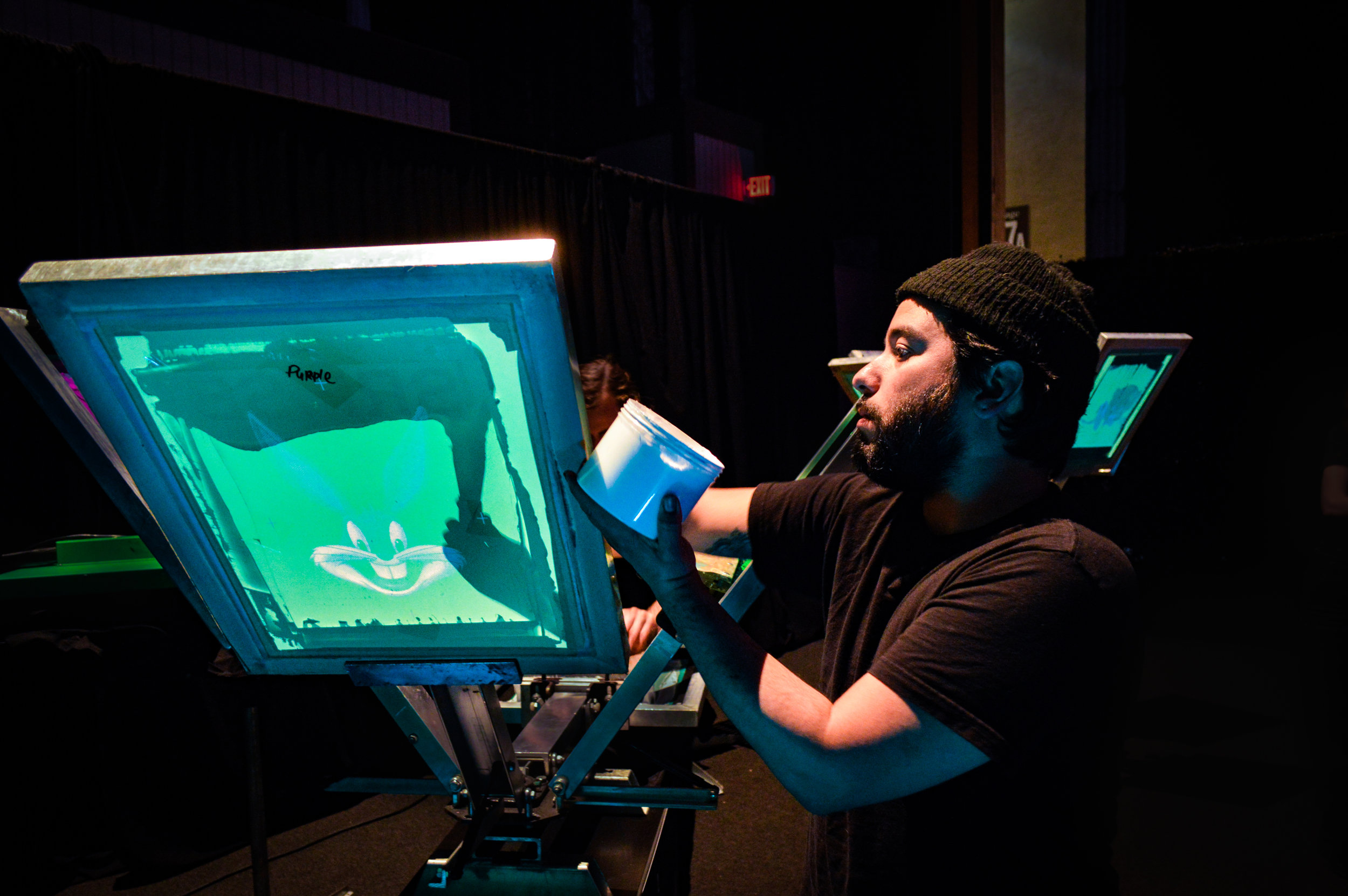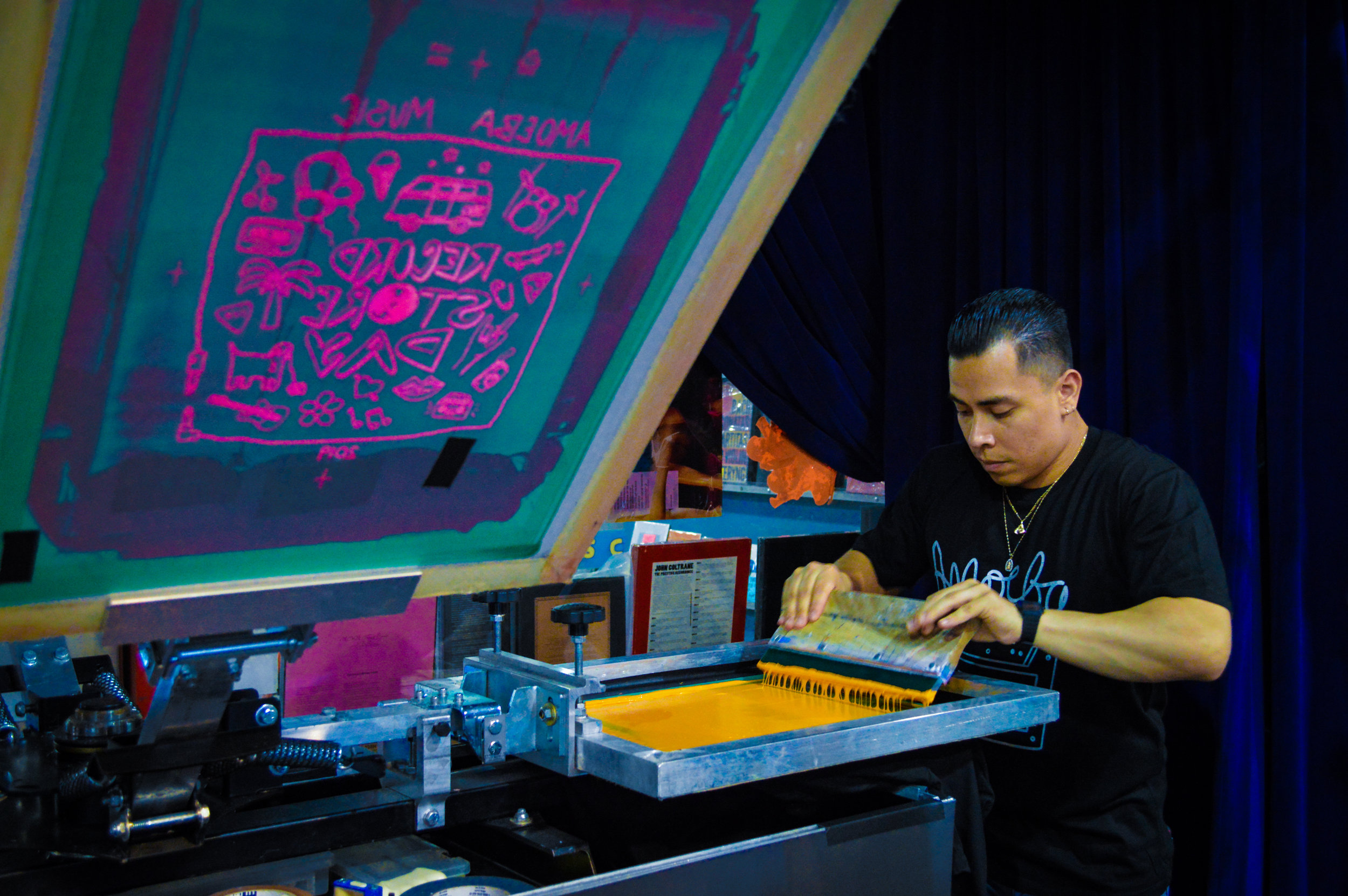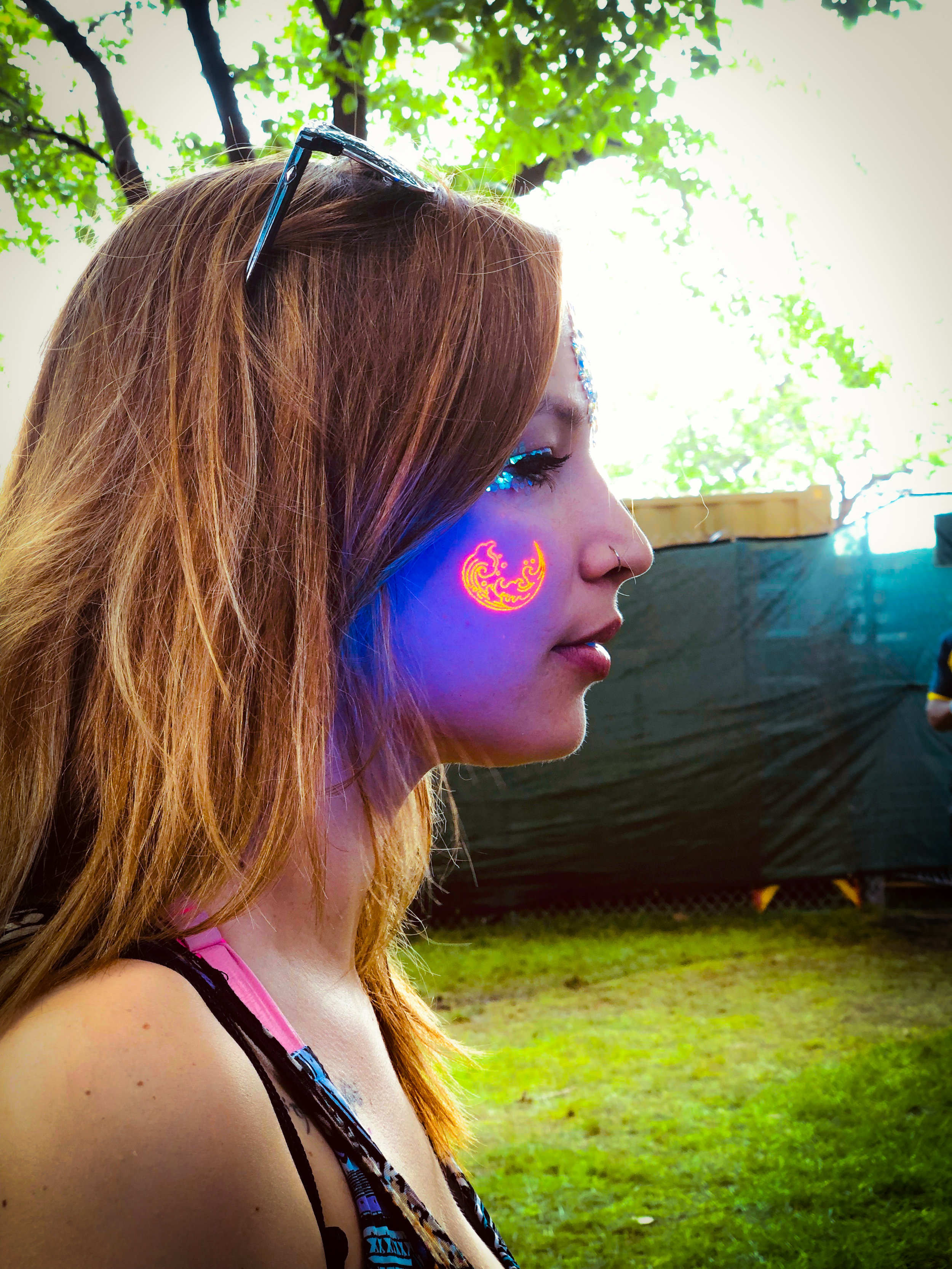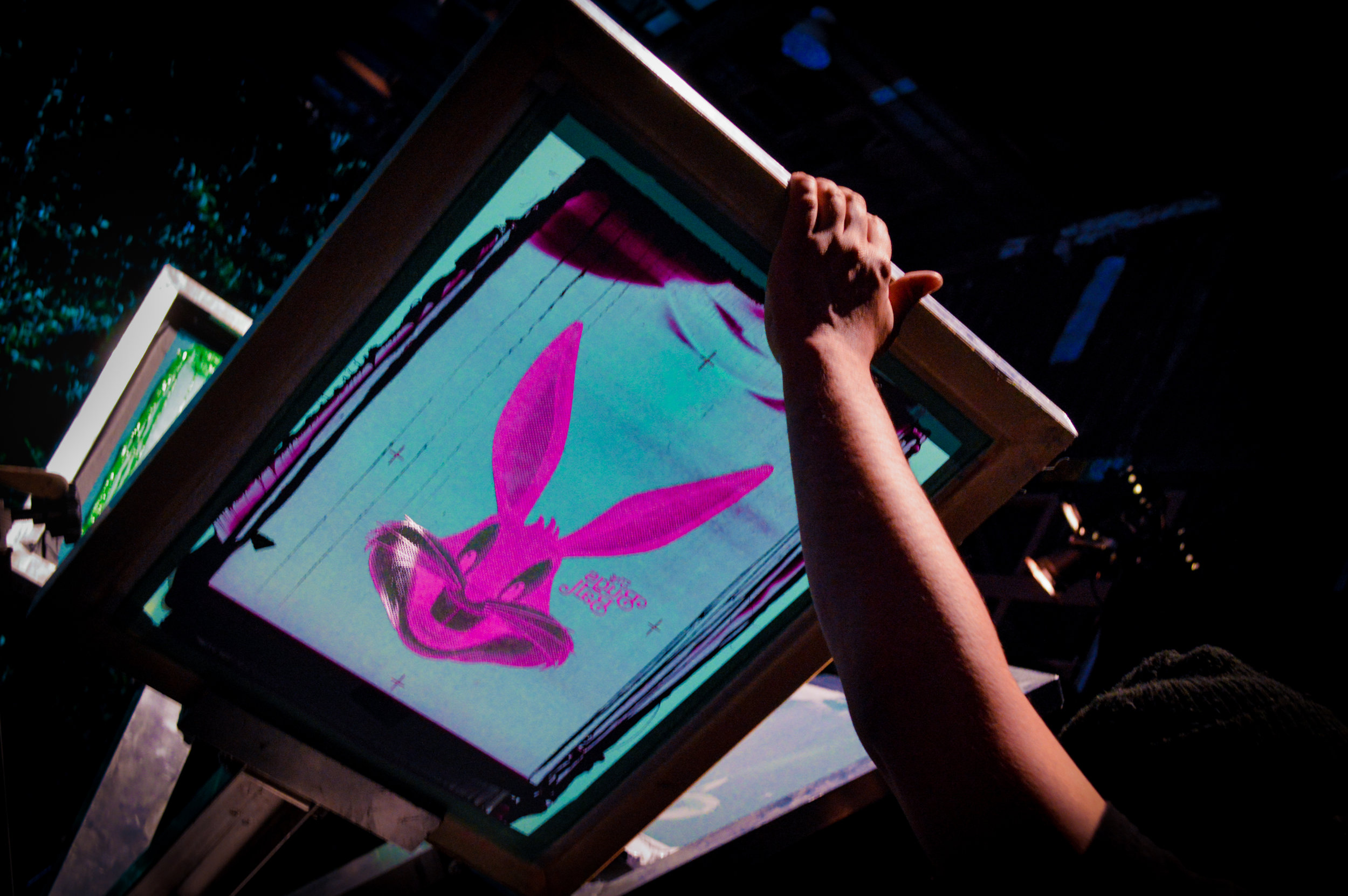Photo by New Perspective LA
In honor of Women’s History Month, we decided to interview some Los Angeles women artists, designers, and business owners. We start this series by talking to artist and designer, Coco Nella who has paved her way through the Los Angeles art scene after relocating from the Tri-State area. Coco has worked with several brands and businesses to elevate their brand with her abstract designs.
Who Is Coco Nella?
Photo by New Perspective LA
Coco Nella is a Los Angeles-based mural & custom artwork business owned by Corinne “coco” Pulsinelle. Coco hails from the east coast, where she grew up fascinated by abandoned buildings and street art. After attending SUNY Purchase Art Conservatory in New York, she was able to refine her style and scale up her designs into large murals.
Since moving to Los Angeles, Coco’s painting style has caught the attention of major corporations, interior designers, business owners, and independent clients looking to have custom artwork in their homes. Her illustrations have also been used on packaging, clothing, and merch specifically in collaboration with local breweries.
Coco’s Background
Growing up in New Jersey, Coco became interested in the arts while taking an art class at her high school. Growing up, she took a specific interest in photography and graffiti as her artistic outlet. While in high school her teacher encouraged her and helped her apply to art schools.
After relocating to Los Angeles, Coco made connections with local interior designers and she began doing large-scale paintings and home murals as well as retail and office spaces. She has been able to create these connections through the years and building a brand for herself.
Although Coco’s primary work is painting murals and graphic design, she majored in Screen Printing while at SUNY Purchase where she learned the art of printmaking. This knowledge helped her understand design and plays a big role in how she works today. Coco has been able to pivot her knowledge of design and printmaking to create artwork for beer cans and apparel.
10 Questions with Coco Nella
We sat down with Coco to talk about her story, her inspiration for what she does, and the women in history that paved the way for her.
Q: How do you think learning the art of Printmaking in college influences your art today?
Coco: Printmaking is a cool knowledge base to come from because it is process-heavy and I am better at setting up a project overall because of it. For example, I approach murals by having a completely planned-out design first and pay close attention to things like color order as you would in printmaking. The heavy focus on design and image layering is definitely something I think is evident across my work.
Q: Growing up, who were the women that you looked up to as inspiration for making art?
Coco: I have always been inspired by strong women in general, especially those who are accomplished in male-dominated industries or have overcome very big challenges. I can’t pinpoint a particular idol in the art world, but I will say that seeing my grandma react to the drawings I was doing as a kid for example made me feel like maybe I had something worth pursuing. So maybe I didn’t know all of the art icons & hadn’t been to many galleries, but I had strong women around me who I looked up to and wanted to make proud.
Q: How do you help brands develop their visual assets?
Coco: My approach to working with brands is based on making a personal connection and understanding the ethos of the company and who their customer is. Developing color schemes, fonts, and images. Those are all tools we can utilize to communicate. Sometimes I feel like a translator, taking what it is a company wants to express and simply putting that into the language of design. I am not short on unconventional ideas and I value freshness and originality while keeping things approachable.
Q: What is your process when designing merch for a business?
Coco: On a technical level, it’s important for me to understand what the design is going to be used for. An image that translates well on a digitally printed t-shirt might not work on an embroidered hat for example. Once that part is sorted out, I really just focus on making the merch look eye-catching and awesome. People often buy merch because it’s nostalgic… you had a great time at a new brewery and there’s an awesome t-shirt hanging in front of you that you can wear and remember that awesome time. It’s built into the experience for the customer, but it’s also built into the advertising of the business. It’s a proper win-win scenario that should be treated as a fun and enjoyable creative process.
Q: What do you enjoy about working with local breweries?
Coco: Local breweries are often down-to-earth social environments where things behind the scenes are often very creative and experimental. I feel like my goal as a visual artist to bring people together parallels the goal of many brewers that I have met, and that alignment allows for really cool artwork to happen.
Q: How important do you think it is for breweries to have label art for their cans?
Coco: Label art on almost any product is an integral part of creating/product brand awareness and making sales. A lot of people like myself will engage with a new product almost exclusively because I like how it looks, after all that’s often all you know about the product until you’ve tried it.
Q: What is the best part of working with a local business?
Coco: The best part of working with a local business is that I am also a local business and we speak the same language, a lot of times as far as understanding the hustle, the highs, and lows. I come at those projects from a place of support and I really appreciate the support in return.
Q: What do you like most about designing beer can labels?
Coco: Craft beer is specifically cool to make art for because oftentimes the customer will sip on a beer and have a rare moment of pause where they can actually look at the can. I like to bring a lot of detail into these labels and give people lots to look at, it’s just fun and part of the whole experience of unwinding with a good beer. Plus I’ve seen people either collect or turn the can into planters so that’s been a meaningful and unexpected demonstration of how people respond to the work I’m putting out.
Q: What is the most challenging part of designing merch?
Coco: The most challenging part of designing merch for me is creating the best strategy ahead of time so that whatever artwork I send to the printer will translate really well onto whatever product we are making. At the same time, I want to create artwork that is versatile for my client, so if they decide in the future to turn the same image into a patch or a pin I need to hit that sweet spot of having visually interesting details, but not so many details that they get lost on the item or can’t be made at all. It’s not always possible but that is often a challenge I face being in between the client and the printer.
Q: What inspires your creativity when designing merch?
Coco: When I design merch, I am always on the lookout for unconventional sources of inspiration that can bring freshness and originality. I don’t look at other merch as much as I might look at old photos, advertisements, and even just cool color combinations that I might notice while I’m out on a walk.
Designed by Coco Nella for the 2020 Los Angeles Brewers Guild
Beer label designs
Coco has worked with some Los Angeles County-based breweries such as Lucky Luke Brewing and Pacific Plate Brewing designing their cans. She has been able to bring a brighter concept and an out-of-the-box approach to label design.
![IMG_4399[3137].jpeg](https://images.squarespace-cdn.com/content/v1/57be022abebafbe8a9781db3/1614978286458-D54JZ79RIQ4UUO93SUAQ/IMG_4399%5B3137%5D.jpeg)
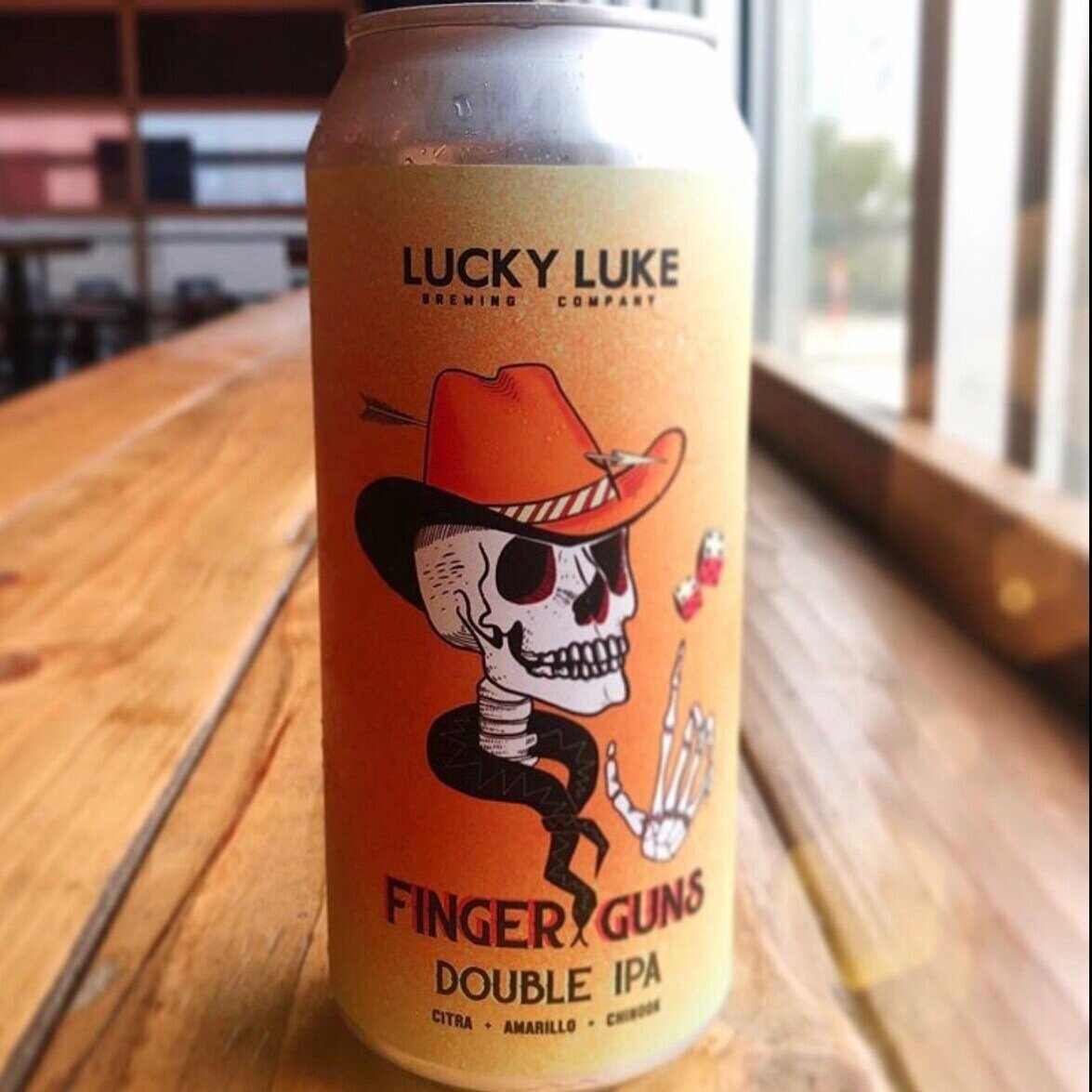
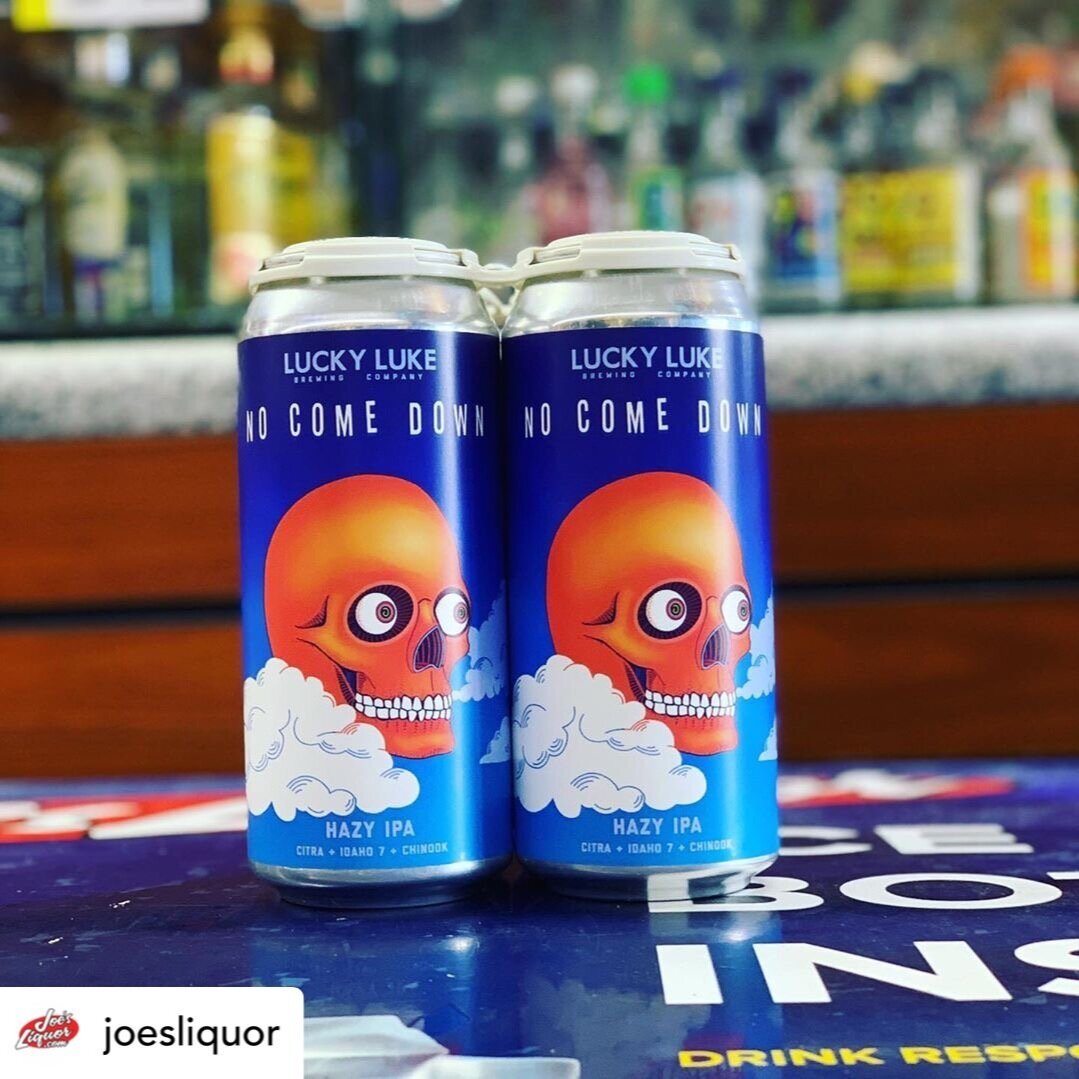
![IMG_2698[3121].JPG](https://images.squarespace-cdn.com/content/v1/57be022abebafbe8a9781db3/1614973957364-ZZTFTZABVX0EPAD409OP/IMG_2698%5B3121%5D.JPG)
![IMG_4396[3136].jpeg](https://images.squarespace-cdn.com/content/v1/57be022abebafbe8a9781db3/1614975279453-D70Q4C5WCDC2F2RBDW8U/IMG_4396%5B3136%5D.jpeg)
![IMG_4406[3140].jpeg](https://images.squarespace-cdn.com/content/v1/57be022abebafbe8a9781db3/1614975281053-RVYOO956H9CX8MK11X10/IMG_4406%5B3140%5D.jpeg)
![IMG_4400[3139].jpeg](https://images.squarespace-cdn.com/content/v1/57be022abebafbe8a9781db3/1614975279975-OTVWDW851HSYTFQX6QDZ/IMG_4400%5B3139%5D.jpeg)
![IMG_3337[3122].jpeg](https://images.squarespace-cdn.com/content/v1/57be022abebafbe8a9781db3/1614973958865-QPM18HWD2TNHYCHF93TC/IMG_3337%5B3122%5D.jpeg)
![IMG_3941[3125].jpeg](https://images.squarespace-cdn.com/content/v1/57be022abebafbe8a9781db3/1614973959524-5D0W61K0CDBL584Q1GJ5/IMG_3941%5B3125%5D.jpeg)
![IMG_3937[3124].jpeg](https://images.squarespace-cdn.com/content/v1/57be022abebafbe8a9781db3/1614973959791-YUQKF01D3SLX2TU7JUIM/IMG_3937%5B3124%5D.jpeg)

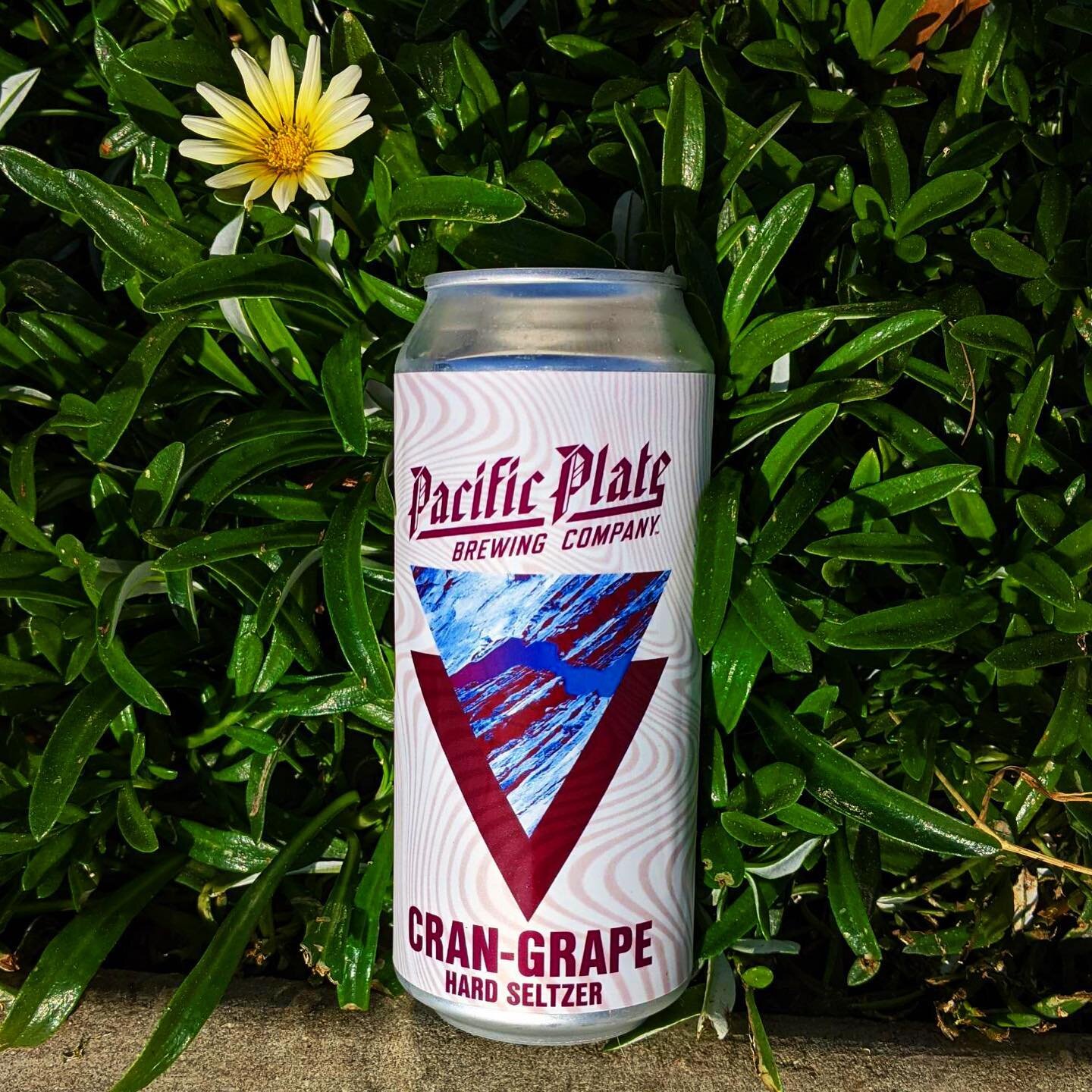
![IMG_4408[3141].jpeg](https://images.squarespace-cdn.com/content/v1/57be022abebafbe8a9781db3/1614975351858-79AUUQU7MC71EBSHTYL9/IMG_4408%5B3141%5D.jpeg)
Colorful and eye-catching beer label designs have recently become a very integral part of the craft beer business in Los Angeles. Having a well-thought-out, colorful and fun design on a beer label has proven to increase sales, and breweries all around the country are beginning to notice that combining art and beer is a good way to create brand awareness and loyalty.
Check out The 20 best beer label designs of 2020
Read How to design a beer label: The ultimate guide for craft brewers
Merch Design
Having a well-thought-out design printed on a t-shirt or stickers can get you noticed. Coco has created some very cool designs to establish a brand visual asset for some of her clients such as Leo & Mamas, which is a women-owned lifestyle brand and shop in Lancaster, California, and a cool bandana collab with Lady Luck Print Co. which is a women-owned print shop located in Carlsbad, California.
As a business with regular customers, selling t-shirts, mugs, or stickers at your events or establishment creates a beautiful flywheel effect: the more merch you sell, the more money you make, and the more your brand gets promoted by your regular customers. A nice mention on their social media also helps promote your brand and gets you noticed by orders in a way that is fast and easy.
Read 8 Reasons why your company needs branded merchandise
Author: Irene Floridia - Content Creator
Follow us on Instagram and Facebook!
For FAQ, check out our site!
For any inquiries, send us a message!
OR
send us an e-mail at quotes@familyindustriesla.com
Our showroom at 2755 Fruitdale Street, Los Angeles, CA 90039 is open by appointment only from 10 am - 4 pm Monday through Friday.









![IMG_4247[3142].JPG](https://images.squarespace-cdn.com/content/v1/57be022abebafbe8a9781db3/1614980372380-W18T0KE318XZ2UDVL6CO/IMG_4247%5B3142%5D.JPG)
![IMG_2374[3126].png](https://images.squarespace-cdn.com/content/v1/57be022abebafbe8a9781db3/1614980379117-8F791L3TZ538NF30GVFA/IMG_2374%5B3126%5D.png)
